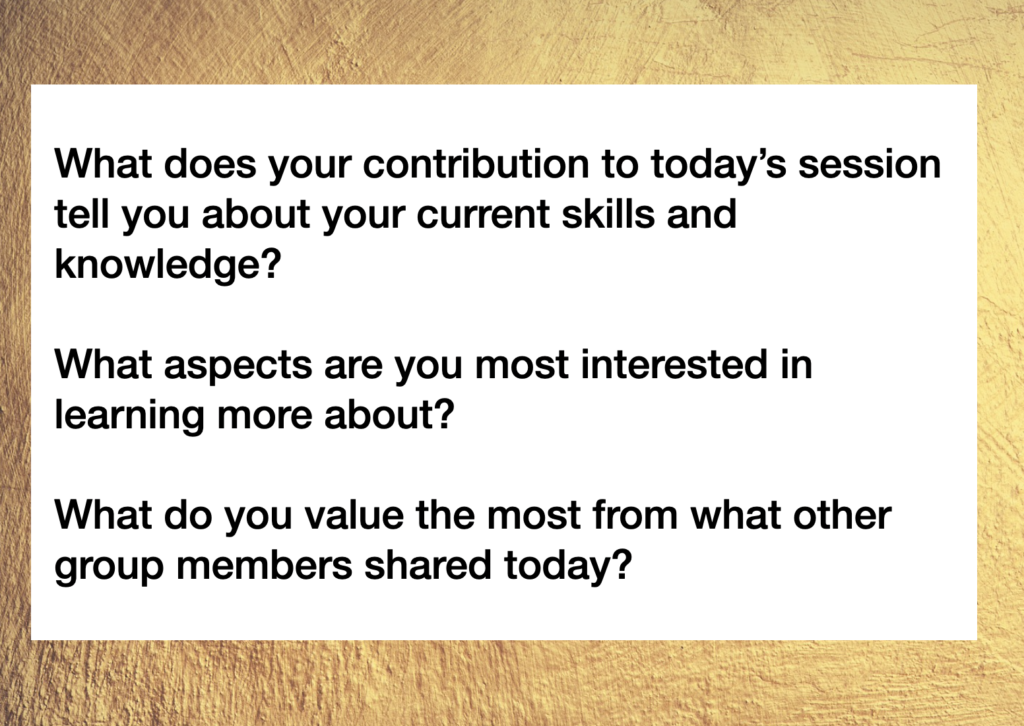
Blended learning is an important topic, and the importance of blended learning has been emphasized even more in the past 18 months or so, since the start of the Covid-19 pandemic. Boelens et. al. (2017) have identified four key challenges to the design of blended learning and these are:
- Incorporating flexibility
- Facilitating interaction
- Facilitating students’ learning processes
- Fostering an affective climate
All of these criteria are important, whether we teach online or in a physical classroom. As teachers, we have to focus as much on learning as teaching, and we have to understand the learning processes that students go through to be able to facilitate a climate that is optimal for learning. When Boelens et. al. (2017) write about motivation, one area of focus is to encourage active participation of learners. I try to do that in my courses by scheduling workshops, seminars, and drop-in meetings in Zoom where students can meet both me and each other to discuss the cases, assignments or literature we are working with. I ask my students to watch pre-recorded videos (lectures or cases/situations) and then we meet in Zoom to discuss, based on theoretical framework. For one examination, the students even get to choose the type of examination form they prefer; on an individual basis, they can either choose to hand in a written reflection, or they can hand in a podcast or video recording. Regardless of the examination form they choose, the same learning objectives apply to the examination, and the students’ work will be assessed according to the learning objectives in connection with the course material used.
One method I use in an attempt to foster a reflective climate and to put emphasis on students’ learning processes is to use exit tickets. There is quite a good explanation of what exit tickets can be on Brown University’s website (see link at the bottom of this page). Exit tickets, in their simplest form, give the students an opportunity to reflect on what they have learned, but they also give me as a teacher an indication of where they are at in their learning process. Not only do I get a ticket of the individual student’s participation in a seminar or workshop, for example, but I also get a hint of what I need to repeat or go through more in depth with the student group. I use exit tickets to get a collected view of students’ participation and skills, but also to encourage them to actively reflect on their own knowledge and what they still need to learn or study in more depth. They are often asked to share what they have heard from others as well, which corresponds with the second criteria in Boelens et. al. (2017) literature; to facilitate interaction. Some students are more keen to share their own experiences and skills and less keen on listening to others. By asking them what they have heard (and what they take with them) from other group members, they have to practice listening and interaction. Since my students are future teachers, I also want to encourage them to use different techniques to facilitate learning and interaction for their future students.
All in all, I believe that Boelens et. al. (2017) four criteria for blended learning mix well with the use of exit tickets. I strongly recommend trying exit tickets, but I would recommend to keep things simple – don’t ask students to write an essay! An exit ticket should be short and sweet. Tell the students that five lines is fine, as long as they show reflection in what they write. The picture at the top of this page are examples of what I sometimes ask my students to reflect on.
References:
Boelens, R., De Wever, B., & Voet, M. (2017). Four key challenges to the design of blended learning: A systematic literature review. Educational Research Review, 22, 1-18.
Thank you for this post. I haven’t used the exit ticket approach. I think that it is a very interesting way to gather feedback. I will consider it in the future for my own classes.